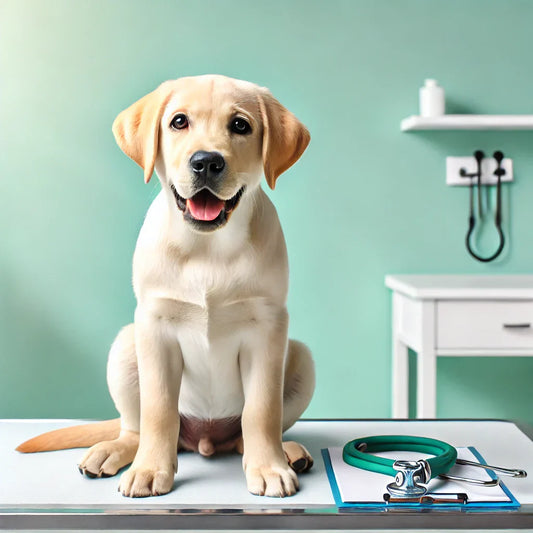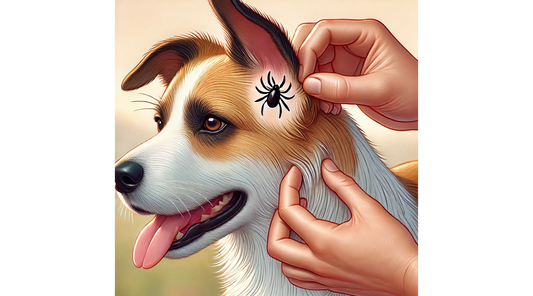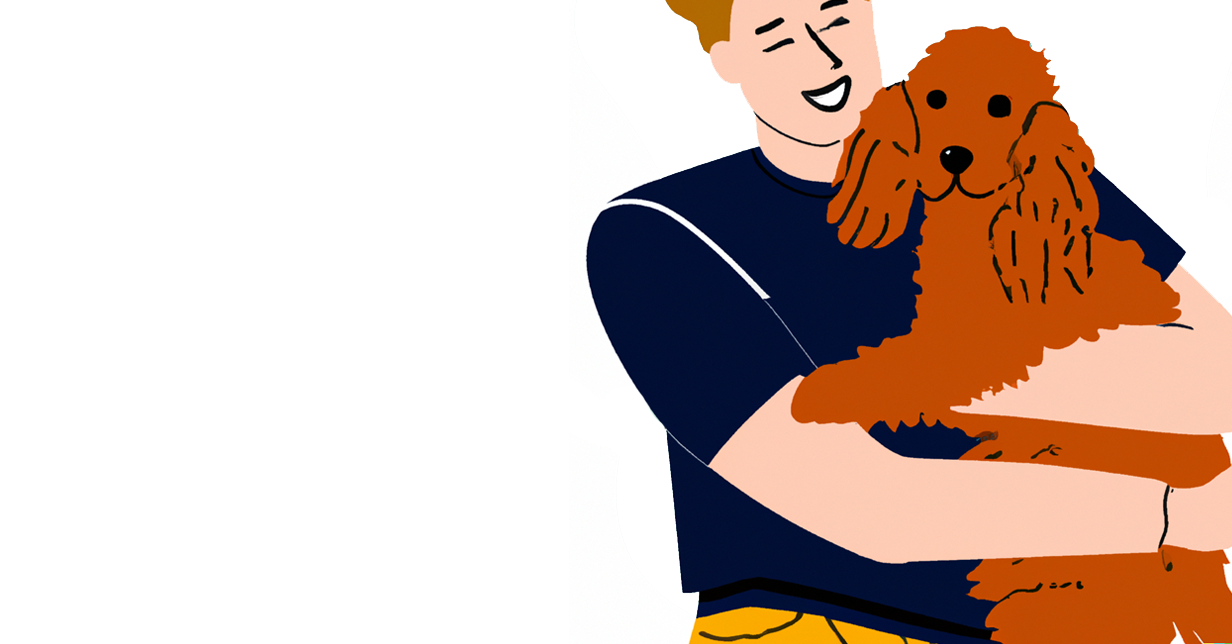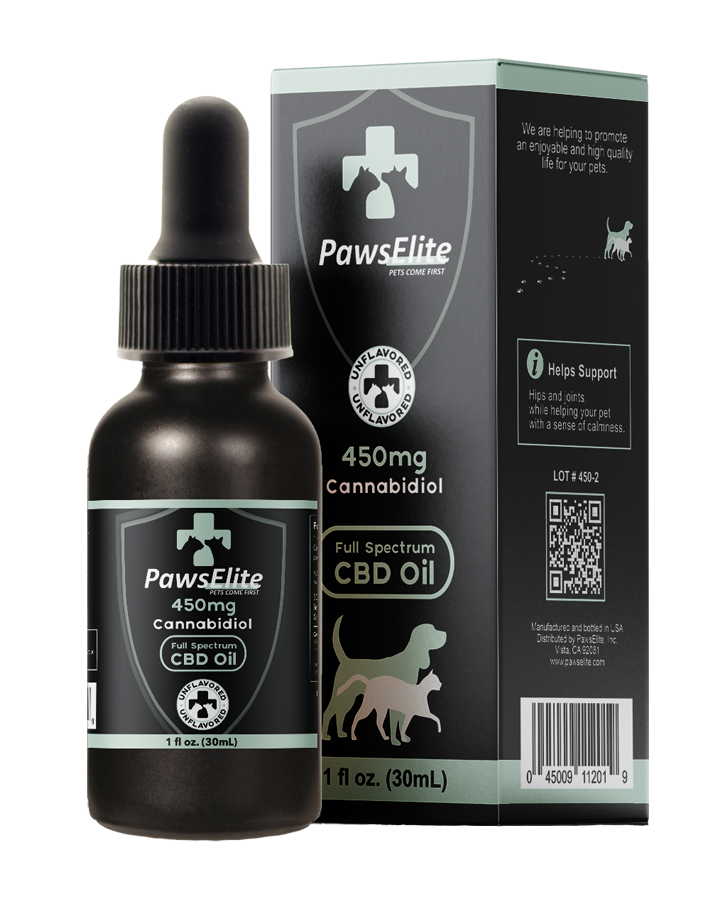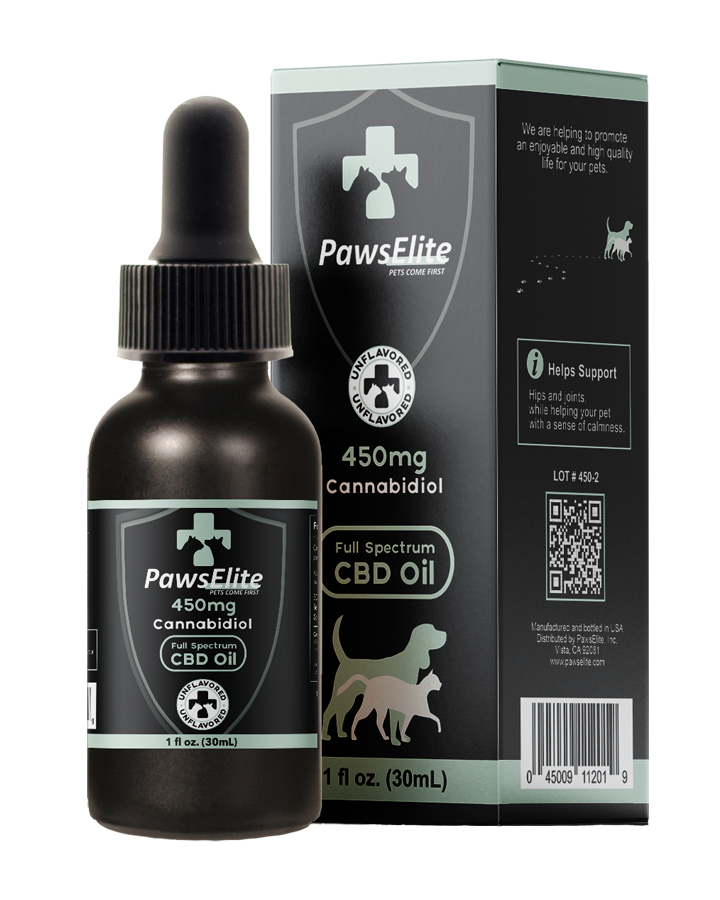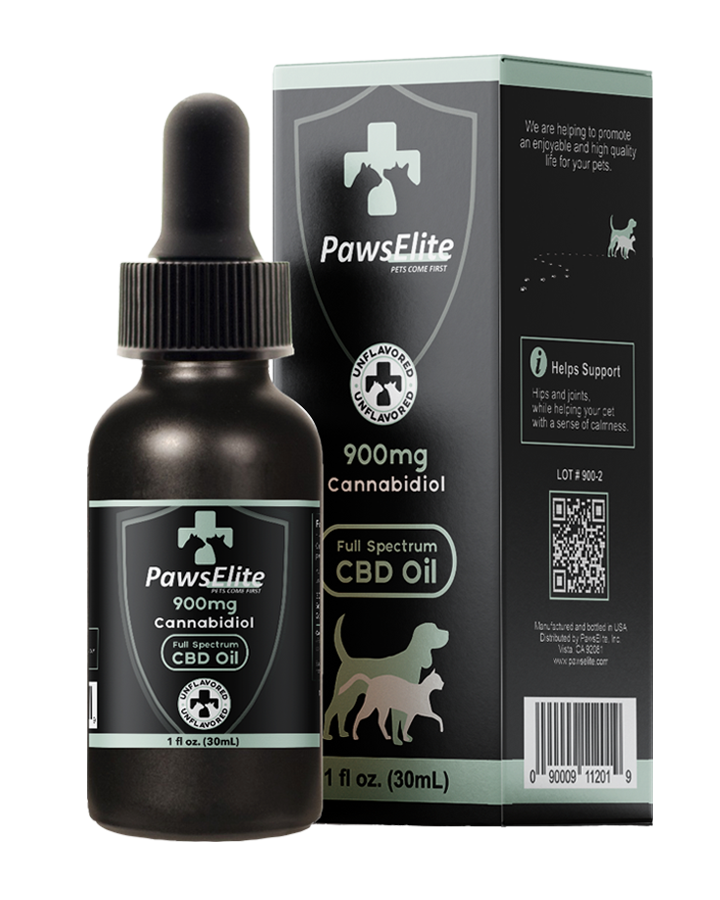What Your Dog's Stool Says About Their Health?
Share
For our furry friends, healthy poop is a sign of a happy gut! So, as a responsible pet parent, you become a poop investigator.
But remember, being a poop detective is about more than just cleaning up. It's about noticing changes.
Is your dog's poop suddenly red, black, or green?
Hard, dry poops could mean constipation, while constant diarrhea indicates something might be wrong.
Does your dog seem to be going to the bathroom way more or way less than usual? Another clue to investigate.
If you notice something concerning, don't panic! Just like any detective, you might need backup. This blog will help you to understand normal poop, abnormal stool, and some dietary considerations to keep your pup healthy.
Let’s dive in and learn about the process of managing dog poop.
Understanding "Normal" Stool
Just like with us humans, healthy digestion is key to a happy and energetic pup. While not the most pleasant topic, knowing about their stool can actually be valuable. By understanding what "normal" stool looks like, you can potentially catch any health issues early on.
The Color
Ideally, your dog's stool should be a nice chocolate brown color. This shade can vary a bit depending on what your furry friend eats. For example, some dog foods with a lot of beets might lead to a slightly reddish tint, while others with more greens might cause a browner shade with a touch of green. As long as the brown is the dominant color, you're good!
Consistency Check
The scale of poop consistency is from rock-hard pebbles to watery mush. Your dog's stool should fall somewhere in the middle. It should hold its shape when you pick it up but be soft enough to easily pass. Let’s know the "normal" zone:
Sausage-Shaped: This is the golden standard! A nice, log-like shape indicates healthy digestion.
Slightly Soft: A bit on the mushy side is okay, especially if your dog just ate a big meal.
Slightly Hard: A little firmer is alright, but monitor your dog's water intake to avoid constipation.
Generally, a healthy dog will poop 1-2 times a day. However, this can vary depending on factors like age, breed, and diet. You should be aware of your dog's usual routine and watch for any significant changes.
Decoding Abnormal Stool
While a brown and sausage shape is ideal, sometimes your dog's stool might take a detour from this healthy norm. Learn what different colors and consistencies could be telling you:
Color Change Alert!
- Red: This is a cause for concern, especially if it's bright red and fresh blood. It could indicate bleeding in the lower intestines, like from anal gland issues. See a vet ASAP!
- Black: Black stools are a red flag. This dark color suggests digested blood in the upper digestive tract, which can be serious. Get your dog to the vet immediately!
- Green: Green poop can have a few explanations. It could be from eating a lot of grass, a temporary tummy upset, or even gallbladder problems. If it's occasional and your dog seems fine, you might not need to worry. But if the green stool persists or your dog shows other symptoms, consult your vet.
- Orange or Yellow: This shade could indicate a problem with your dog's liver or pancreas. While a single occurrence might not be a big deal, persistent orange or yellow stools are not good signs.
- White: White or pale-colored stool can be a sign of constipation or a diet with too much calcium. It's probably not a major issue if it's a one-time thing. However, if your dog's stool is consistently white, it needs medical attention.
Consistency
- Hard, Dry Stools (Constipation): These pebble-like poops can be uncomfortable for your dog and indicate dehydration or a diet lacking fiber. Try increasing their water intake and adding some fiber-rich treats. But if constipation persists, see your vet.
- Soft, Mushy Stools (Diarrhea): While occasional soft stool isn't a big deal, frequent diarrhea can be a sign of dietary indiscretion (eating something they shouldn't have), parasites, or infections. Make sure your dog stays hydrated during diarrhea, but if it lasts for more than a day or two, get them to the vet.
- Mucus in Stool: A little mucus is normal, but excessive amounts could indicate parasites or inflammatory bowel disease. A fecal test from your vet can help diagnose the cause.
Other Warning Signs
- Bloody Stool: As mentioned earlier, any fresh blood in your dog's stool is a serious concern and requires immediate veterinary attention. Don't wait!
- Straining During Bowel Movements: Straining can indicate constipation, anal gland issues, or even pain. If your dog is struggling to go potty, consult your vet.
- Change in Stool Frequency: A sudden increase or decrease in your dog's usual bathroom habits could be a sign of something wrong. Monitor their frequency.
Dietary Considerations for Healthy Stool
What your dog eats plays a big role in what comes out the other end. Here's how food choices can impact your dog's stool:
Good Poop:
- High-Quality Food: The foundation of good stool starts with good food. Choose a dog food formulated for your dog's age, activity level, and breed. High-quality food will have the right balance of nutrients for optimal digestion.
- Fiber: Fiber, like the kind found in fruits, vegetables, and whole grains, acts like a poop superhero. It adds bulk to their stool, helps it move smoothly through their digestive system, and keeps things nice and firm. Look for dog foods with a good amount of fiber.
- Treats in Moderation: While your pup deserves a yummy treat now and then, too many sugary or fatty snacks can disrupt their digestion and lead to soft stool or diarrhea. Stick to healthy treats and keep the portions reasonable.
Dietary Don'ts for Unhappy Poops
- Sudden Food Changes: Switching your dog's food abruptly can upset their stomach and cause digestive issues. If you need to change their food, do it gradually over a week or so, mixing the new food with the old in increasing amounts.
- Avoid Sharing Food: Our food isn't always good for our furry friends. Fatty or spicy human food can be hard for them to digest and lead to digestive upset. Avoid sharing your meals with your dog and stick to their dog food.
- Dietary Intolerances: Some dogs have sensitivities to certain ingredients, like dairy or wheat. If your dog consistently has soft stools after eating, talk to your vet about a potential food allergy and explore alternative food options.
Conclusion
By becoming familiar with your dog's normal stool and keeping an eye out for any changes, you can monitor their overall health! Remember, this blog is a guide, and your veterinarian is always the best person for any specific concerns.


